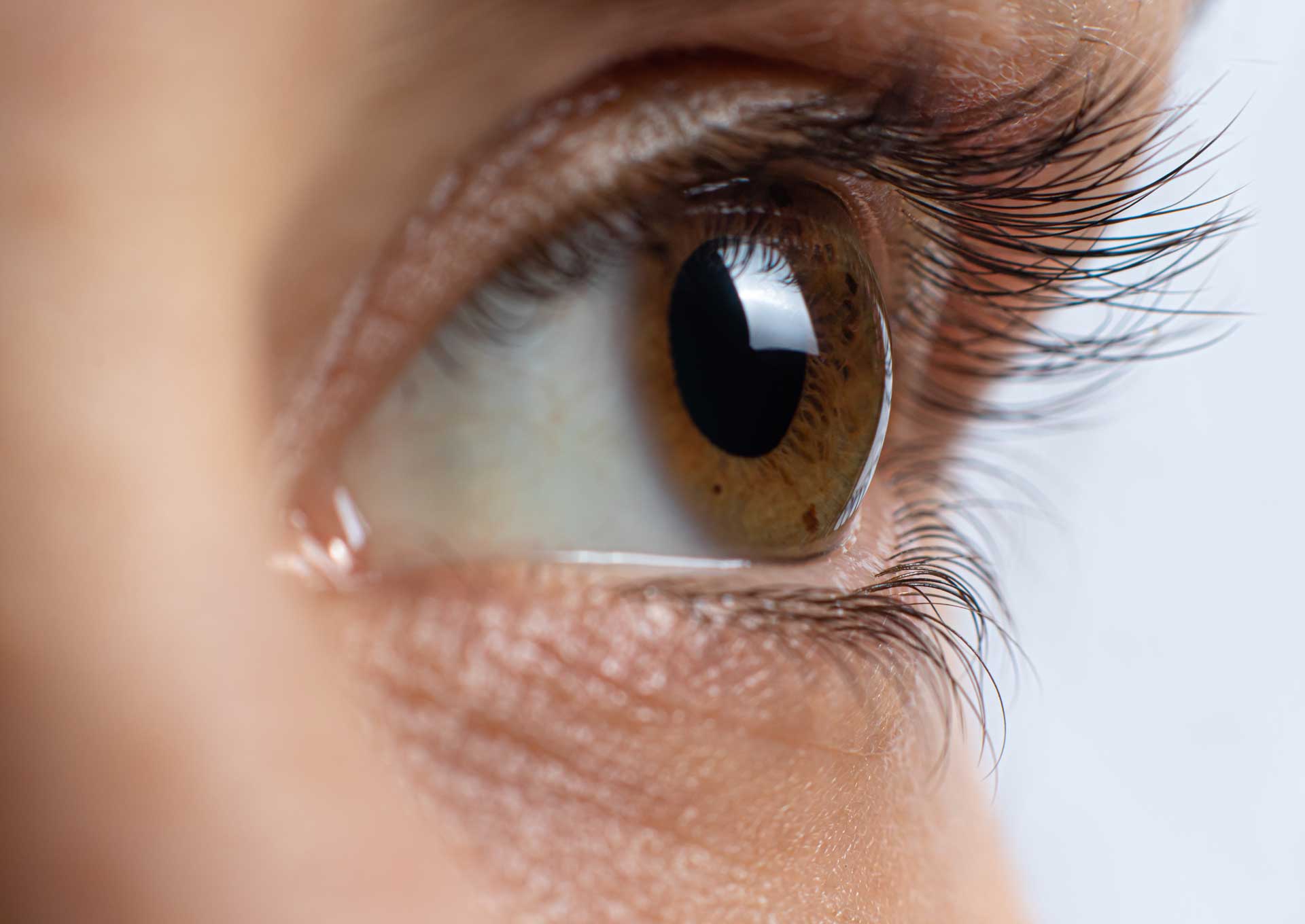Spotting the Signs: How to Recognize Neurotrophic Keratitis Symptoms
You may think it’d be easy to recognize and diagnose an eye condition since you rely on your eyesight all day long. However, the signs of neurotrophic keratitis can be tough to spot. It may present with seemingly innocuous symptoms, like blurred vision, or lack symptoms altogether in the initial stages of neurotrophic keratitis. Take mild symptoms seriously because early recognition is key to receiving the right treatment, managing the condition effectively, and preventing significant harm to your cornea and vision.
What is Neurotrophic Keratitis?
.jpg?width=371&height=253&name=indian%20man%20rubbing%20eyes%20(1).jpg) Neurotrophic keratitis is a rare but serious degenerative corneal disease. It involves impairment of the nerves that innervate the cornea, which may lead to decreased corneal sensation, epithelial breakdown, corneal ulceration, and vision problems. The disease is often caused by underlying conditions, infections, and complications from surgical procedures affecting the brain and eyes. Preventing neurotrophic keratitis depends on managing your overall wellness and making informed decisions about your health.
Neurotrophic keratitis is a rare but serious degenerative corneal disease. It involves impairment of the nerves that innervate the cornea, which may lead to decreased corneal sensation, epithelial breakdown, corneal ulceration, and vision problems. The disease is often caused by underlying conditions, infections, and complications from surgical procedures affecting the brain and eyes. Preventing neurotrophic keratitis depends on managing your overall wellness and making informed decisions about your health.
Common Neurotrophic Keratitis Symptoms
Patients with neurotrophic keratitis rarely experience symptoms early on because the main feature of the condition is decreased corneal sensation. Sometimes, patients may notice redness in their eyes or blurred vision. Because neurotrophic keratitis symptoms are uncommon, may easily be mistaken for other conditions, and can sometimes be soothed with artificial eye drops, it can be challenging to receive an accurate and timely diagnosis.
Less Common Symptoms of Neurotrophic Keratitis
.jpg?width=372&height=270&name=woman-with-red-eye%20(1).jpg) Pain, burning, and dry eyes are less common symptoms of NK. The further the condition has progressed, the more likely it is that serious symptoms will present. More severe vision impairments are typically related to epithelial defects (loss of the outermost corneal layers), punctate keratitis (death of small groups of cells on the surface of the cornea), scarring, or edema (inflammation around the eyes).
Pain, burning, and dry eyes are less common symptoms of NK. The further the condition has progressed, the more likely it is that serious symptoms will present. More severe vision impairments are typically related to epithelial defects (loss of the outermost corneal layers), punctate keratitis (death of small groups of cells on the surface of the cornea), scarring, or edema (inflammation around the eyes).
How Common is Neurotrophic Keratitis?
Neurotrophic keratitis is considered to be a rare disease, affecting fewer than 65,000 people in the U.S. It affects 12.8% of patients with herpes zoster, 6% of patients with herpetic keratitis, and 2.8% of patients who have had surgery to treat trigeminal neuralgia.
When to Seek Medical Help for Neurotrophic Keratitis
If you suspect you may have neurotrophic keratitis, seek medical treatment immediately. Early diagnosis is key to receiving the proper treatment, mitigating corneal damage, and improving eye health. If left untreated, neurotrophic keratitis can cause serious complications, including corneal ulcers and vision loss. If your disease has progressed far enough, you may need to consider corneal neurotization surgery, a nerve transfer procedure that re-innervates the cornea.
Real-Life Stories and Neurotrophic Keratitis Success Stories
The Institute for Advanced Reconstruction is a trusted care provider for patients suffering from neurotrophic keratitis. Known for our groundbreaking research and innovative surgical techniques for repairing corneal nerve damage, our plastic surgeons in NJ are here to help get you the answers you need and find the right treatment plan for your specific needs. Contact us to consult with Dr. Ibrahim an eye surgeon in NJ and determine if you’re a candidate for corneal neurotization surgery.


